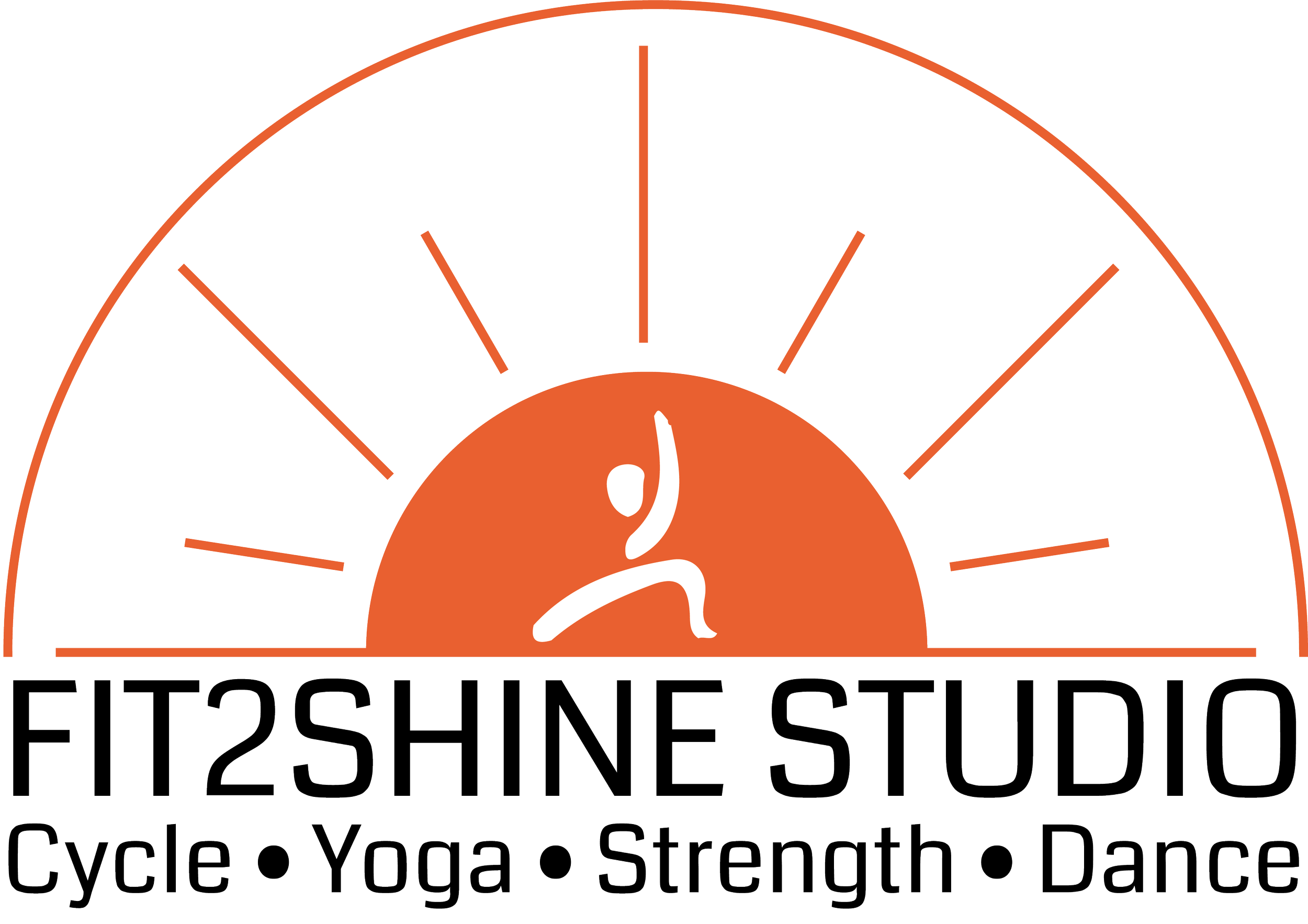Yoga At Home
A forced day at home is a great opportunity to focus on you, you, you! While practicing in person with instructors to help with form and challenge you is extremely valuable, a personal practice also allows you to focus on your body, your progress, and your needs each and every day. If you’re home on a snow day and missing your yogi community at the studio, take some time to look inward and focus on you.
Elizabeth has put together a sequence to guide you today. See pictures and descriptions below!
Cat-Cow:
Cat-Cow is a gentle flow between two poses that warms the body and brings flexibility to the spine. It stretches the back torso and neck, and softly stimulates and strengthens the abdominal organs. It also open the chest, encouraging the breath to become slow and deep. The spinal movement of the two poses stimulates the kidneys and adrenal glands. Coordinating this movement with your breathing relieves stress and calms the mind. This sequence also helps to develop postural awareness and balance throughout the body. It brings the spine into correct alignment and can help prevent back pain when practiced regularly.
Uttanasana:
It is commonly referred to as "Standing Forward Fold” and Sanskrit name is "intense stretch pose."
When practiced correctly, this pose is an intense stretch, particularly for the hamstrings and back. However, it should also be relaxing and comfortable — be careful not to push too hard, seeking an "intense" experience! The more you relax in this pose, the deeper your stretch will be. Uttanasana combines the benefits of forward folds and inversions. Dropping your head below your heart calms your brain. This helps to relieve stress, headaches, anxiety, fatigue, mild depression, and insomnia. Uttanasana also deeply stretches and lengthens your hamstrings and calves. It opens the hips and can relieve tension in the neck and shoulders.
Adho Mukha Svanasana: A standing pose and mild inversion that builds strength while stretching the whole body. It’s named after the way dogs naturally stretch their entire bodies! Known commonly as Downward-Facing Dog (also sometimes called "Downward Dog" or just "Down Dog") is an essential component of Sun Salutations and is often done many times during a yoga class. It can be used as a transitional pose, a resting pose, and a strength-builder.
Paschimottanasana: Stretches the spine, shoulders, pelvis, and hamstrings. It also stimulates and balances the liver, kidneys, adrenal glands, ovaries, and uterus. And while traditional yoga texts say Paschimottanasana can cure disease, modern-day yoga teachers agree to its many other benefits, which include:
• Relief from stress
• Improved digestion and appetite
• Relief from menstrual pain and symptoms of menopause
• A calmer mind
• Reduced anxiety and fatigue
• Improved sleep and relief from insomnia
This pose is also believed to be therapeutic for high blood pressure, infertility, and sinusitis. It is reputed to be beneficial for overcoming obesity, as well.
Baddha Konasana:
It can be difficult to lower the knees toward the floor. If your knees are very high and your back rounded, be sure to sit on a high support, even as high as a foot off the floor.
• Stimulates abdominal organs, ovaries and prostate gland, bladder, and kidneys
• Stimulates the heart and improves general circulation
• Stretches the inner thighs, groins, and knees
• Helps relieve mild depression, anxiety, and fatigue
• Soothes menstrual discomfort and sciatica
• Helps relieve the symptoms of menopause
• Therapeutic for flat feet, high blood pressure, infertility, and asthma
• Consistent practice of this pose until late into pregnancy is said to help ease childbirth.
• Traditional texts say that Baddha Konasana destroys disease and gets rid of fatigue.
Pigeon Pose: (use blocks to support the hips and knees) The knee should hang over the front the block. You should never feel pain in any pose especially pigeon.)
• Increases external range of motion of femur in hip socket
• Lengthens hip flexors
• Prepares body for backbends
• Prepares body for seated postures such as Padmasana (Lotus Pose)

